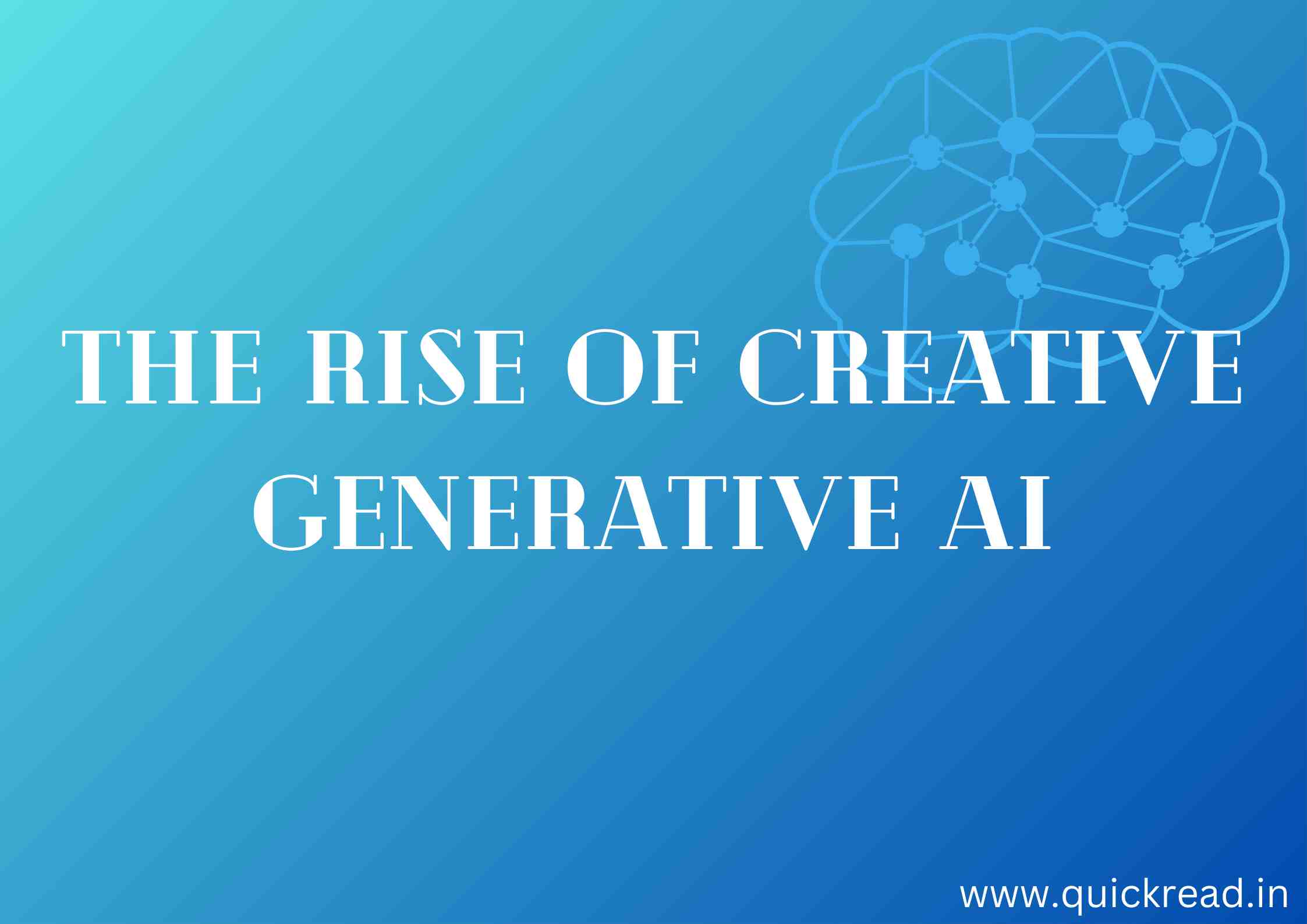Introduction
Generative AI is taking the world by storm! Systems like DALL-E 2 and GPT-3 demonstrate how AI can now generate highly creative and original content like images, text, code, and more. In this article, we’ll dive into what makes Generative AI so revolutionary.
What is Generative AI?
Generative AI refers to machine learning models that can create new, original content on their own. They are “generative” because they generate outputs from scratch rather than simply classify or analyze existing data.
Some types of generative AI include:
- Text generation – Models like GPT-3 that can write poems, articles, code, emails and more.
- Image generation – Systems like DALL-E 2 that create original images from text prompts.
- Audio generation – AI that synthesizes music or human speech from scratch.
- Video generation
- 3D model generation
The key is that the outputs are novel – not copied or remixed from existing human-created content.
How Does it Work?
Generative AI is powered by deep learning techniques like generative adversarial networks (GANs) and variational autoencoders (VAEs). The models are trained on vast datasets to understand the relationships between content.
Text generation models like GPT-3 are trained to predict the next word in a sequence given the previous words. With enough training data, they learn the patterns of human language and how to make coherent sentences and passages.
Image generation models are trained on huge datasets of image-caption pairs to learn the visual concepts that match natural language descriptions. This allows them to generate pictures that match text prompts.
Creative Applications
Here are some of the incredible things generative AI can do:
- Generate code for websites and apps from text descriptions
- Compose music in any genre and style
- Design logos, posters and other graphics
- Automate content writing for social media, marketing, etc
- Synthesize human speech and hold conversations
- Create VR environments from text prompts
- Produce CAD models for product design
- Assist human creatives as a brainstorming tool
The possibilities are endless!
Different Type of Generative AI models
| Generative AI Model | Description | Example Usage |
|---|---|---|
| DALL-E 2 | Image generation model that creates original images from text descriptions | Generates images of “a penguin playing chess” |
| GPT-3 | Large language model for generating human-like text | Writes a poem about nature when prompted |
| Jukebox | Music generation model by OpenAI | Composes original piano music in the style of Mozart |
| WaveNet | Neural network for generating human-like speech | Synthesizes natural sounding audiobook narration |
| StyleGAN | GAN for generating photorealistic human faces | Creates new avatars and profile pictures |
| MuseNet | Deep neural network for generating musical compositions | Writes original classical music scores |
| Latent Diffusion | Creates 3D models and shapes from text prompts | Generates 3D characters like “a robot dinosaur playing guitar” |
The Future of AI Creativity
Current systems still have limitations in fully capturing human creativity. But rapid progress in generative models foreshadows exciting developments.
In the future, we may collaborate with AI co-creators to enhance our own creativity. Generative models could become versatile assistants for content production. Studies show creative stimulation from machines can actually boost human imagination!
Of course, there are also concerns about misuse of generative tech. Openness, education and discussions around ethics will be important as these transformative tools continue evolving.
One thing is clear – generative AI marks a new era where machines are no longer just analytical, but creative peers. The paths ahead promise to expand human imagination beyond what we thought possible.
Conclusion
Generative AI stands poised to revolutionize how we create, ideate, and express ourselves. With its ability to conjure remarkably original images, sounds, text and more, generative AI provides an infrastructure for amplifying creativity. As these models continue to advance, we gain immensely powerful tools – if used wisely – for bringing our imaginations to life.
Frequently Asked Questions
Q: What are some examples of generative AI models?
A: Popular examples include DALL-E 2 for image generation, GPT-3 for text generation, MuseNet for music generation, and WaveNet for speech synthesis.
Q: How is generative AI different from other types of AI?
A: Generative AI focuses on creating novel, original content rather than classifying data or making predictions. Other types of AI like computer vision and natural language processing analyze existing data.
Q: What are the technical challenges in developing generative AI?
A: Key challenges include training models on massive datasets, improving coherence and consistency in outputs, scaling systems efficiently, and adapting models for different creative domains.
Q: What are the risks associated with generative AI content?
A: Potential risks include generating misleading, biased or inappropriate content, infringing on intellectual property, and propagating misinformation. However, positive applications outweigh the risks if deployed carefully.
Q: Is there concern that generative AI will replace human creatives?
A: Not at all – rather, generative AI aims to enhance and assist human creativity as a co-creator. These systems have limitations in fully replicating human creative reasoning and imagination. The goal is cooperative human-AI creativity.


